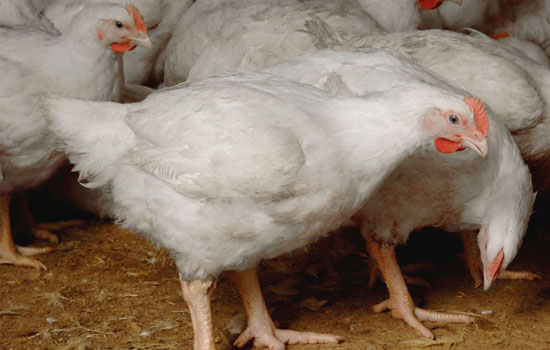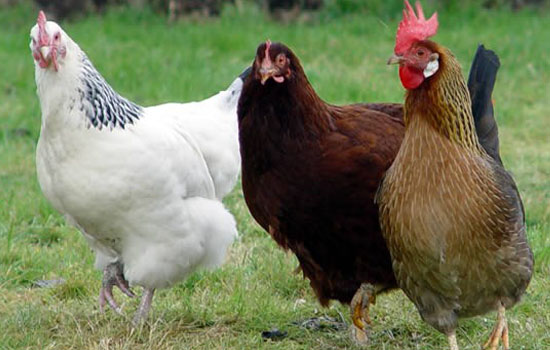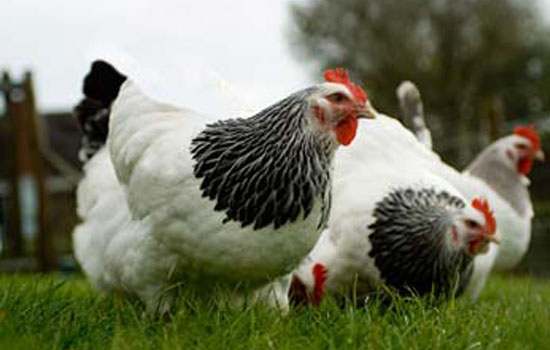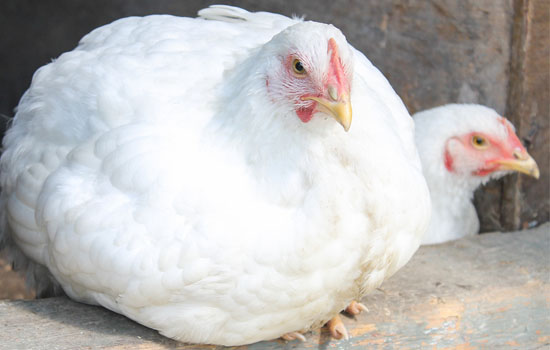Why Add Insulation Equipment to the Chicken House?
- Published in Tips for Chicken Breeding
The warming technology of winter chicken houses is mainly fire heating, plumbing or electric heating. Generally, heating equipment is required according to the geographical environment and climate of the breeding site. For example, in the north, the winter is usually dry and lasts for a long time, so the plumbing is used at the same time. With the wind heating effect is better. The plumbing is mainly characterized by the use of water with a larger specific heat capacity. The boiler heats the water distributed in the warm aluminum sheets of different orientations of the chicken house, and transfers heat to the chicken house through heat conduction to increase the temperature inside the chicken house. High, cost-effective, and widely used. In the south, the winter temperature is high, and it is suitable to use the energy-saving hot blast stove. azra's poultry equipment.
The hot blast stove mainly blows the warm air directly into the chicken house through the fan to increase the temperature. Experimental studies have shown that the use of hot blast stoves can effectively increase the temperature in the house, combined with the timed ventilation function can also significantly improve the air quality inside the house, which is welcomed by the majority of farmers. Some countries in Europe usually use plastic water storage tanks, while designing insulation, and maintaining good temperature in the house in winter.




